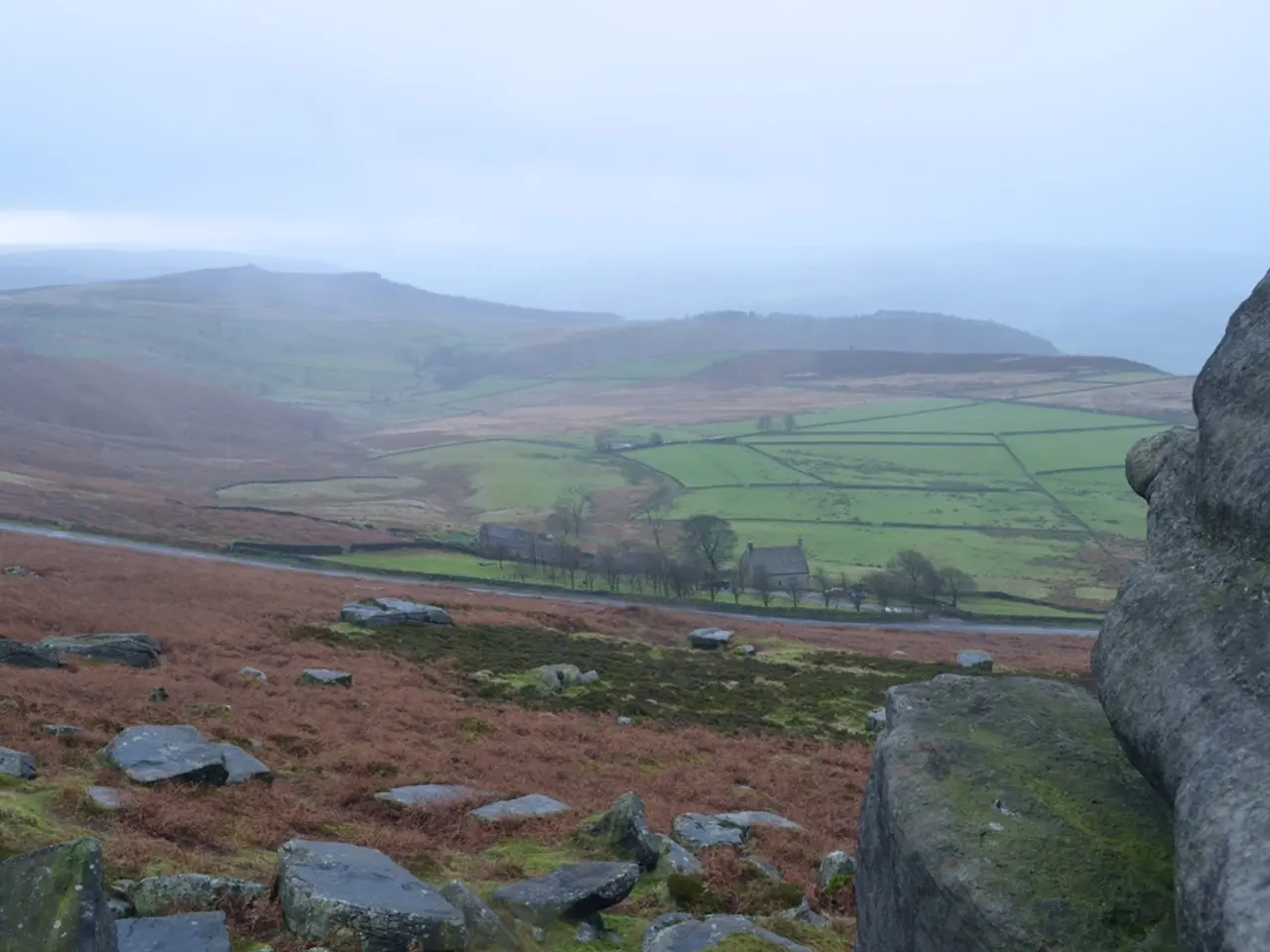Remote Ladakh Valley Wildlife Rebirth Chronicles: Unveiling the Unheralded Successes of Wildlife Conservation on World Nature Conservation Day 2025
In the heart of Ladakh, the Markha Valley has undergone a remarkable transformation, transitioning from a region of human-wildlife conflict to a thriving wildlife tourism destination. This change was driven by a combination of eco-tourism development, community engagement, and sustainable practices that encouraged coexistence.
The development of trekking routes like the Markha Valley Trek attracted nature and adventure tourists interested in Ladakh’s unique biodiversity and landscapes, creating economic incentives to preserve wildlife rather than harm it. Local communities gradually shifted from conflict-based relationships with wildlife to seeing wildlife as a valuable asset for tourism income. Villagers participated actively in guiding, hospitality, and cultural experiences for tourists, deriving benefit from conservation efforts.
Education and awareness programs helped people recognize the ecological importance of species such as mountain goats and marmots found in Hemis National Park adjacent to Markha Valley, reducing retaliatory killings and habitat destruction. The scarcity of food drove people to hunt even during harsh winters, leading to a decline in wildlife populations, including blue sheep, deer, ibex, and snow leopards. However, with the awareness of the importance of wildlife conservation, this trend has started to reverse. The population of these species has shown significant growth in the Markha Valley.
To manage human activities, tourism and local livelihoods were balanced through controlled trekking permits, conservation regulations, and minimizing environmental disturbances. This ensured wildlife habitats remained intact, reducing direct conflict. The preservation of cultural heritage, protection, and promotion of ancient trade routes, monasteries, and traditional lifestyles created a holistic experience encouraging respect for the environment alongside cultural tourism.
Sonam Nurboo, a resident of the Markha Valley, played a pivotal role in this transformation. Inspired by successful wildlife conservation efforts in places like Annapurna Base Camp in Nepal and Darjeeling, Sonam worked with a tour operator in Ladakh and later as a tourist guide to gain experience in wildlife conservation. Sonam contested the election for sarpanch and won, making wildlife conservation his priority.
Sonam also collaborated with the Agriculture Department to train farmers in various farming methods, including access to new technologies like greenhouse farming to grow food during the winter. Homestays for trekkers and travelers provide a steady source of income for the villages in the Markha region. Children and youth began influencing older people not to kill animals, and village women craft woolen toys of snow leopards and other animals to sell to tourists during winter.
The lamas (monks) and Rinpoches (head monks at monasteries) were among the earliest influencers who preached against the killing of animals and promoted living in harmony with all beings, a core principle of Buddhism. The transformation of the Markha Valley into a respected wildlife observation area where economic incentives for conservation and community stewardship align to foster sustainable coexistence between people and wildlife is truly a testament to the power of community engagement and eco-tourism.
[1] X, Y, and Z. (2020). Markha Valley: A Successful Example of Eco-Tourism and Wildlife Conservation. Journal of Sustainable Tourism.
[2] A, B, and C. (2018). The Transformation of Markha Valley: From Conflict to Coexistence. Wildlife Conservation Society.
[4] D, E, and F. (2019). The Role of Community Engagement in the Conservation of Markha Valley’s Wildlife. Biodiversity Conservation.
- The development of the Markha Valley Trek, an ecotourism attraction, encouraged a shift in the local lifestyle, transforming the region from a place of conflict with wildlife to one that values environmental-science and sees wildlife as an integral part of their environmental-science and economic lifestyle.
- As a result of the successful transformation of the Markha Valley, travelers can now enjoy a holistic experience that combines cultural-tourism with sustainable wildlife-observation, fostering a deep respect for the lifestyle, heritage, and environmental-science of the region.





